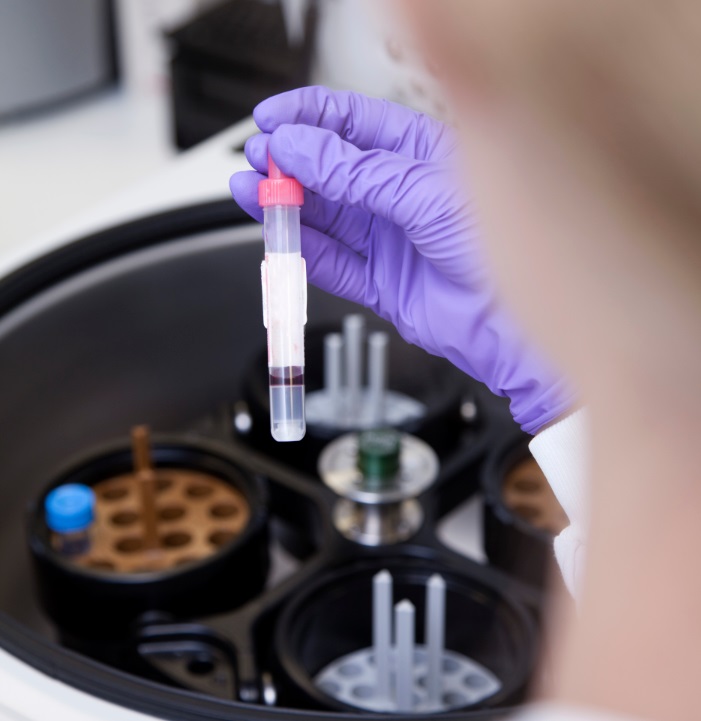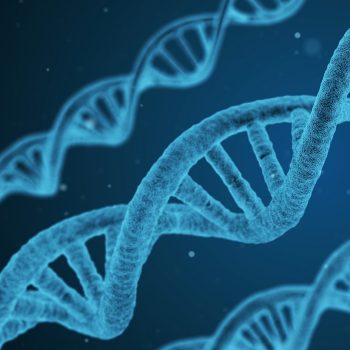New ground-breaking research that is a potential game-changer for diagnosis and treatment of undiagnosed rare disease patients
In a world-first, new research published in the New England Journal of Medicine, has shown that whole genome sequencing (WGS) can uncover new diagnoses for patients with rare diseases – with potential to deliver enormous benefits across the NHS.
Led by Genomics England and Queen Mary University of London, researchers in this pilot study of rare undiagnosed diseases invited participants and their families from the 100,000 Genomes Project and NIHR BioResource to provide blood samples for WGS (whole genome sequencing), which reads a person’s entire genetic code.
After analysing the genes of 4,660 people with a rare disease from 2,183 families using WGS, researchers were able to find a genetic diagnosis for a quarter of them. Researchers also found that 14% of people who received a diagnosis had their disease identified in regions of their genome that other standard tests may have missed.
Uncovering a diagnosis

According to Rare Disease UK, 1 in 17 people will be affected by a rare disease – that’s 3.5 million people in the UK and 30 million people across Europe.
But it can take years of rigorous tests and appointments for patients to find out what their condition is – and sometimes they may never know.
By having their whole genome sequenced, diagnoses were uncovered that previous tests could not detect. For 25% of study participants, their diagnosis means they can now receive more focused clinical care – including further family screening, dietary change, vitamin / mineral provision and other therapies.
This ground-breaking research doesanalyse the diagnostic and clinical impact of WGS for a broad range of rare diseases within a national healthcare system – and has shown how it can effectively secure a diagnosis for patients and save the NHS vital resources.
Participants who received a diagnosis through the pilot include:
- A 10-year-old girl whose previous seven-year search for a diagnosis had multiple intensive care admissions over 307 hospital visits at a cost of £356,571. Genomic diagnosis enabled her to receive a curative bone marrow transplant (at a cost of £70,000). In addition, predictive testing of her siblings showed no further family members were at risk.
- A man in his 60s who had endured years of treatment for a serious kidney disease, including two kidney transplants. Already knowing his daughter had inherited the same condition, a genomic diagnosis made by looking at the whole genome for him and his daughter enabled his 15-year-old granddaughter to be tested. This revealed she had not inherited the disease and could cease regular costly check-ups.
- A baby who became severely ill immediately after birth and sadly died at four months but with no diagnosis and healthcare costs of £80,000. Analysis of the baby’swhole genome uncovered a severe metabolic disorder due to inability to take vitamin B12 inside cells explaining his illness. This enabled a predictive test to be offered to the younger brother within one week of his birth. The younger child was diagnosed with the same disorder but was able to be treated with weekly vitamin B12 injections to prevent progression of the illness.
Professor Sir Mark Caulfield (lead author) from Queen Mary University of London, and former Chief Scientist at Genomics England, said: “We hope this major advance will enable rare disease patients worldwide to start receiving diagnostic whole genome sequencing where appropriate. Our findings show that deployment of this comprehensive and efficient genomic test at the first signs of symptoms, can improve diagnostic rates. This study has paved the way for clinical implementation of whole genome sequencing as part of the NHS Genomic Medicine Service.”
Professor Damian Smedley (lead author) from Queen Mary University of London, explained: “This is the first time that whole genome sequencing has been directly embedded into rare disease diagnostics in a healthcare system like the NHS and applied at scale across the full breadth of rare disease. Our novel software, together with collection of detailed clinical data, was key to us being able to solve the “needle in a haystack” challenge of finding the cause of a rare disease patient’s condition amongst the millions of variants in every genome. A large proportion of the diagnoses we discovered were found outside the coding region and would not have been detected by existing approaches. This study makes the case for healthcare systems worldwide to adopt whole genome sequencing as the genetic test of choice for rare disease patients.”
Professor John Bradley, Chief Investigator of the NIHR BioResource, added: “The NIHR BioResource is delighted to have worked in partnership with Genomics England and NHS England to deliver this study. It is transforming the approach to diagnosing rare diseases in the NHS.”
The study was also conducted in partnership with the National Institute for Health Research (NIHR) and Illumina who undertook the sequencing, and it was funded by the NIHR, the Wellcome Trust, the Medical Research Council, Cancer Research UK, the Department of Health and Social Care, and NHS England.
NIHR Biomedical Research Centres at Barts, Cambridge, Great Ormond Street Hospital for Children NHS, Manchester, Moorfields, Newcastle, Oxford and University College London Hospitals supported this research



